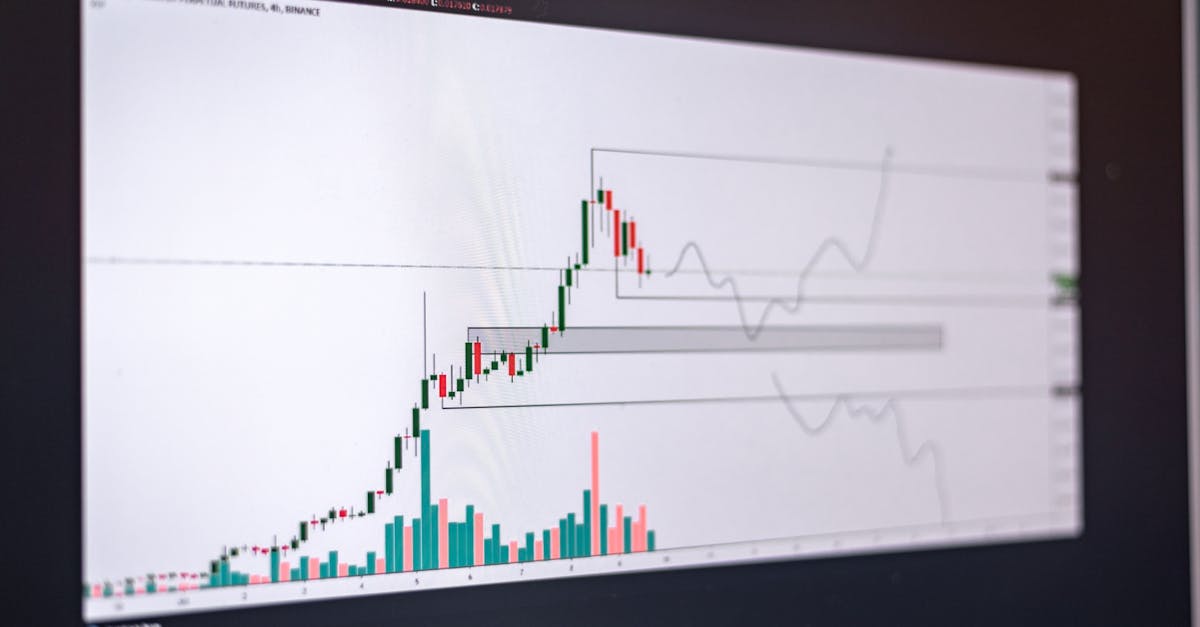Unveiling the 2026 Visionaries Financial Forecast
Introduction
In today's rapidly changing economic environment, understanding future financial trends is essential yet challenging. As we navigate the unpredictable waters of global finance, visionary economists offer insights into what 2026 might hold. These experts analyze various indicators—from technological advancements to geopolitical shifts—painting a detailed picture of our economic future. But what can businesses and individuals expect in the coming years? This article delves into the 2026 financial forecast, offering a blend of predictions, opportunities, and potential pitfalls. Here, we will explore how this foresight can help stakeholders make informed, strategic decisions.
Advertisement
The Role of Technology
Technology continues to be a driving force shaping the financial landscape. By 2026, innovations in artificial intelligence (AI), blockchain, and fintech are anticipated to redefine traditional banking and investment practices. AI is expected to significantly enhance predictive analytics, enabling companies to anticipate market trends with unprecedented accuracy. Meanwhile, blockchain's potential to revolutionize transaction security and authenticity remains a highly anticipated technological shift. Fintech startups are predicted to emerge as serious competitors to traditional banks, offering convenient, digital-first solutions to consumers. Those who embrace these technological advancements are likely to maintain a competitive edge in a digitally dominant world.
Advertisement
Global Economic Shifts
Geopolitical dynamics play a critical role in shaping financial markets, making it crucial for visionaries to analyze potential shifts. With nations navigating complex trade relationships and climate change, 2026 may witness significant geopolitical changes. Emerging markets in Asia and Africa are forecasted to gain prominence, influencing global economic power structures. The post-pandemic recovery will likely lead to regional economic collaborations and revised trade agreements. Visionary economists also emphasize the importance of understanding trade barriers and policies that could potentially impact global supply chains. Collaborative international efforts will be key in overcoming these challenges, promoting global economic stability.
Advertisement
Sustainability and Green Finance
The growing emphasis on environmental sustainability influences financial decisions across the globe. By 2026, green finance is anticipated to become mainstream, driving investments into renewable energy, sustainable agriculture, and eco-friendly infrastructure. Companies aligning financial goals with environmental responsibilities are likely to draw increased investor interest. Moreover, green bonds and investment funds aimed at sustainable projects are forecasted to see a rise in popularity. Visionary finance experts stress the importance of incorporating sustainability into financial strategies to ensure long-term profitability, particularly as consumer demand leans toward ethical business practices.
Advertisement
Cybersecurity Challenges
As technological reliance increases, so does vulnerability to cyber threats—a challenge economists predict will intensify by 2026. With the rise of digital transactions and online banking, security breaches pose significant financial risks. Experts call attention to the rising costs associated with cybersecurity, urging businesses to prioritize robust digital defense systems. Furthermore, governments are expected to implement stricter regulatory frameworks to combat cybercrime, impacting compliance costs. Businesses that proactively address cybersecurity concerns can mitigate risks, protect their assets, and strengthen client trust in an increasingly online world.
Advertisement
Evolving Workforce Dynamics
Changes in workforce dynamics are expected to impact financial landscapes significantly by 2026. The shift toward remote and hybrid work models presents both challenges and opportunities for businesses. Economists foresee a restructuring of labor laws and employee benefits to accommodate these evolving work environments. Additionally, the demand for tech-savvy professionals and upskilling initiatives will grow, driven by the digital transformation of industries. Globalization and technological advancements may lead to increased competition for talent across borders. Navigating these changes is essential for organizations striving to remain competitive in a future-centered economy.
Advertisement
Consumer Behavior Trends
By 2026, consumer behavior is anticipated to undergo significant shifts, influenced by technology, societal changes, and economic factors. The rise of e-commerce will continue, reshaping retail landscapes and delivery logistics. Consumers' preference for customized, convenient online experiences will drive companies to innovate continuously. Additionally, there will be increased demand for transparency and ethical sourcing of products. Visionaries stress the importance of understanding these evolving buying patterns in creating adaptive business strategies aimed at meeting customer expectations in a dynamic market.
Advertisement
Balancing Innovation and Regulation
Expanding innovation often collides with regulatory frameworks, a trend likely to continue through 2026. Economists predict that financial innovations will necessitate new regulatory measures to ensure consumer protection and market stability. Regulatory adaptation will be crucial in addressing risks associated with emerging technologies like AI and cryptocurrency. Industry leaders must work collaboratively with policymakers to balance growth and compliance. Forward-thinking businesses will benefit by engaging in dialogues that shape future regulations, ensuring innovations can flourish within a structured environment.
Advertisement
Investment Insights
As markets evolve, so do investment strategies, adapting to new trends and opportunities. By 2026, savvy investors will likely focus on diverse portfolios, integrating alternative assets like cryptocurrencies and venture capital. Experts highlight the importance of sustainability-focused investments, given their increasing appeal and potential returns. Global economic unpredictability could lead to a preference for crisis-proof assets, including gold and real estate. Understanding these trends ensures investors can capitalize on opportunities, enhancing portfolios in alignment with future financial landscapes.
Advertisement
Conclusion
The 2026 financial forecast offers valuable insights for stakeholders navigating future economic landscapes. With technology reshaping industries and sustainability defining investment directions, understanding these trends is essential. Visionaries emphasize that preparation, adaptability, and strategic innovation will be key to success as these shifts unfold. As global dynamics evolve, businesses and individuals must remain informed and agile. Ultimately, the foresight of economists and financial experts ushers in opportunities to thrive in a world of innovation and change.
Advertisement








